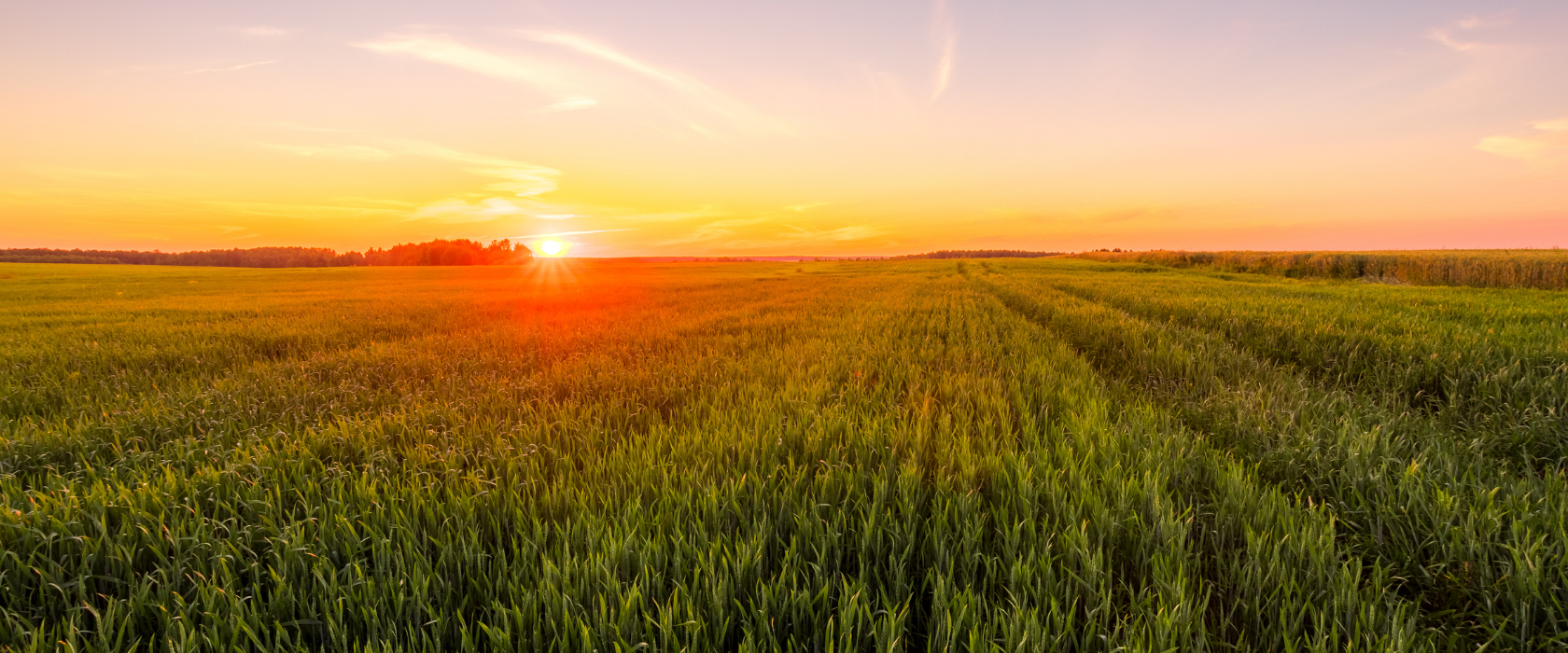By Kurt Sandall | Vice President | Wisner Branch
Agriculture is an ever-evolving industry that demands constant adaptation and improvement. Farmers face numerous challenges, and one crucial decision they often grapple with is determining the right time to invest in new equipment or expand their land holdings.
Making informed choices regarding such investments is vital to ensure long-term success and profitability. Here we explore the key factors that can help farmers determine when it is a good time to purchase equipment or land.
Financial Stability and Market Conditions:
Before making any significant investment, farmers must assess their financial stability and the prevailing market conditions. It is essential to have a clear understanding of your farm’s financial health, including cash flow, profitability, and debt levels. Moreover, monitoring market trends, prices of commodities, and agricultural policies will help identify potential risks and opportunities. Favorable market conditions, such as high crop prices or government incentives, can indicate a suitable time to invest.
Evaluating Equipment Needs:
Farmers must evaluate their existing equipment and identify any limitations or inefficiencies. Aging or inadequate machinery can hinder productivity and increase operational costs. Regular maintenance and repairs may become uneconomical, making equipment replacement a prudent choice. Additionally, advancements in agricultural technology may offer more efficient and cost-effective alternatives. Carefully analyze your equipment needs, assess the benefits of upgrading, and calculate the potential return on investment (ROI).
Assessing Land Requirements:
Expanding landholdings is a significant decision for farmers, but it must align with their long-term goals and overall business strategy. Several factors contribute to the need for additional land, such as increasing production capacity, diversification, or capitalizing on new market opportunities. Assessing the availability and suitability of land in your target area, considering soil quality, water access, and proximity to markets, is crucial. Conducting a detailed feasibility study and evaluating the potential return on investment will guide your decision-making process.
Timing Based on Farming Cycle:
The farming cycle plays a vital role in determining the right time to purchase equipment or land. Depending on your crop or livestock production, certain periods may be more favorable for investment. For example, buying equipment during the off-season when prices are typically lower can provide cost advantages. Similarly, acquiring additional land before the start of a new growing season allows for adequate planning and preparation. Aligning your investments with the farming cycle can minimize disruptions and maximize efficiency.
Taking Advantage of Tax Incentives:
Farmers can benefit from various tax incentives and depreciation provisions when purchasing equipment or land. Consult with a financial advisor or tax professional to understand the specific tax advantages available to you. Timing your investments to coincide with tax seasons or favorable tax regulations can provide substantial savings and improve your overall financial position.
For farmers, deciding when to invest in equipment or land requires careful consideration of financial stability, market conditions, equipment needs, land requirements, and the farming cycle. By evaluating these factors and seeking professional advice, farmers can make informed decisions that align with their long-term goals and enhance profitability. Remember, each farm operation is unique, and there is no universal “perfect” time to invest.
Stay proactive, keep an eye on the market, and regularly review your business plans to ensure your investments contribute to sustainable growth and success in the ever-changing world of agriculture. Our Midwest Bank team of agricultural lending experts is here to help you, contact us today to discuss your agricultural loan or equipment loan options.

